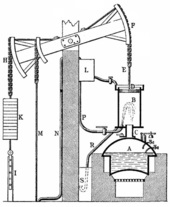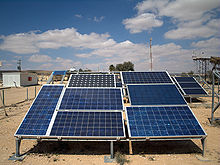


Aerospace & Drone FAQ
Q: What is known about refractory metals and corrosion?
A: Corrosion resistance of the refractory metals is second only to that of the noble metals. Unlike the noble metals the refractory metals are reactive. Such reactivity helps resist corrosion. Upon contact with air or any other oxidant, refractory metals immediately form an extremely dense, sticky oxide film. By sticky, we mean it has a strong bond but it is not sticky to the touch. The oxide layer is so pronounced that it protects the underlying metal. But alas, the protective coating goes away at 300-500 deg C. Metal silicide can be used to protect moly at high temperatures along with nickel and some other coatings.
Q: What happens at 300-500 deg C that makes the protective oxide coating on molybdenum disappear?
A: The oxide spalls or volatizes.
Q: What is a great choice for corrosion resistant refractory metal?
A: Tantalum is clearly the top of the line for corrosion resistance. The only media that can affect it are flourine, HF acid, sulfur trioxide (including fuming sulfuric acid), concentrated strong alkalis and certain molten salts. The corrosion resistance of tantalum can be compared to that of glass although Ta performs better at high temperatures. Because of its high cost and lack of strength Ta is usually used as a lining over a stronger base material such as steel.
Q: Where can I find information about the corrosion resistance of niobium?
A: Niobium is sensitive to most alkalis and certain strong oxidants, however, it can withstand lithium <1000 deg C and many other liquid metals such as Na, K+NaK <1000 deg C, ThMg <850 deg C, U <1400 deg C, Zn <450 deg C, Pb <850 deg C, Bi <500 deg C and Hg <600 deg C.
| Media | Concentration | Temp. | Nb |
| Acetic Acid | 50% | Boiling | None |
| Bromine | Dry | 200 deg F | None |
| Chlorine | Wet | 220 deg F | None |
| Chromic Acid | 50% | Boiling | 1 mpy |
| Hydrochloric Acid | 5% 30% |
200 deg F 200 deg F |
1 mpy 5 mpy |
| Nitric Acid | 65% | Boiling | <2 mpy |
| Sodium Hydroxide | 10% | Room | * |
| Sulfuric Acid | 40% 98% |
Boiling Boiling |
20 mpy fail |
Notes:
* Material may become brittle due to H2 attack
mpy = mil per year
Q: What is MIL-I-45208?
A: MIL-I-45208 is an inspection specification. The specification can be obtained free of charge by reviewing the resources page at FHE and clicking on the MIL spec link.
Q: What is a good coating for critical drone components subjected to harsh environments?
A: Chrome plating or thick nickel phos plating is common for critical components.
Q: If building a new drone from scratch, where to begin? What materials to use?
A: Plastic and aluminum are the two main materials. Contact Blake at 415.890.3022 or send an email to bkengineering@lycos.com for more information.
Q: Which material is stronger, wolfram or molybdenum?
A: Wolfram is stronger than molybdenum. See this chart below:

Updated: 13 FEB 2015
GO BACK